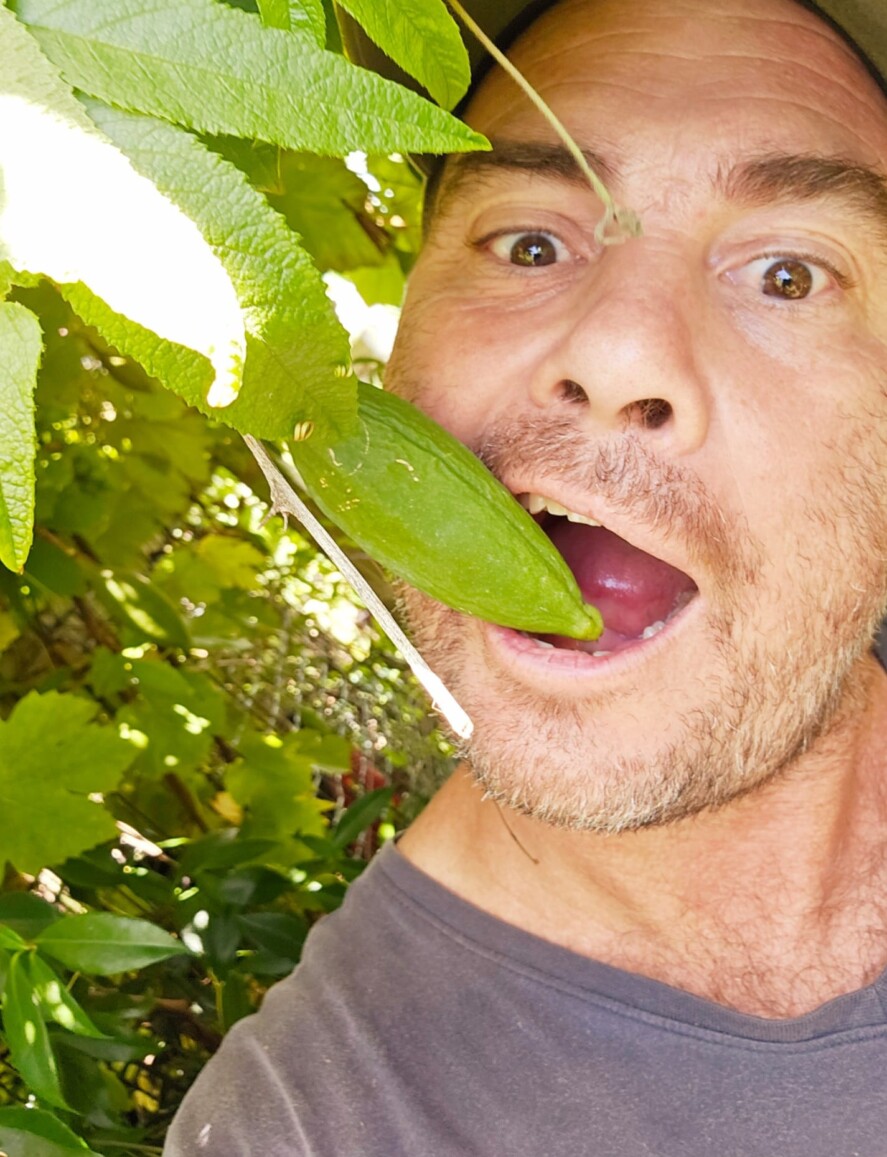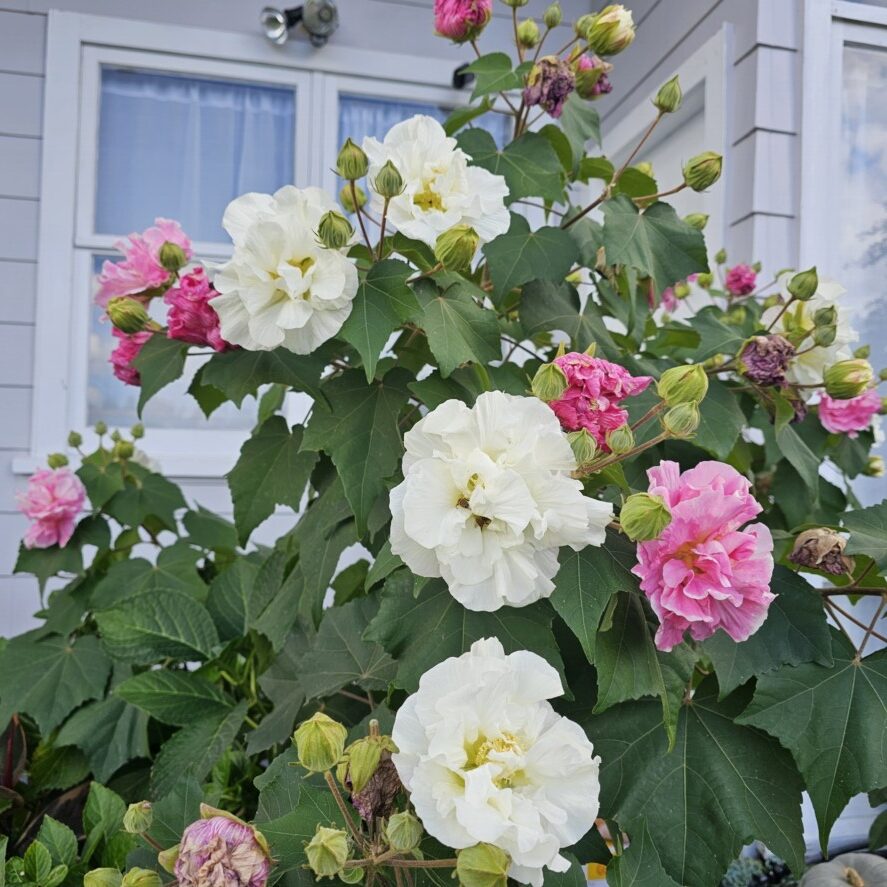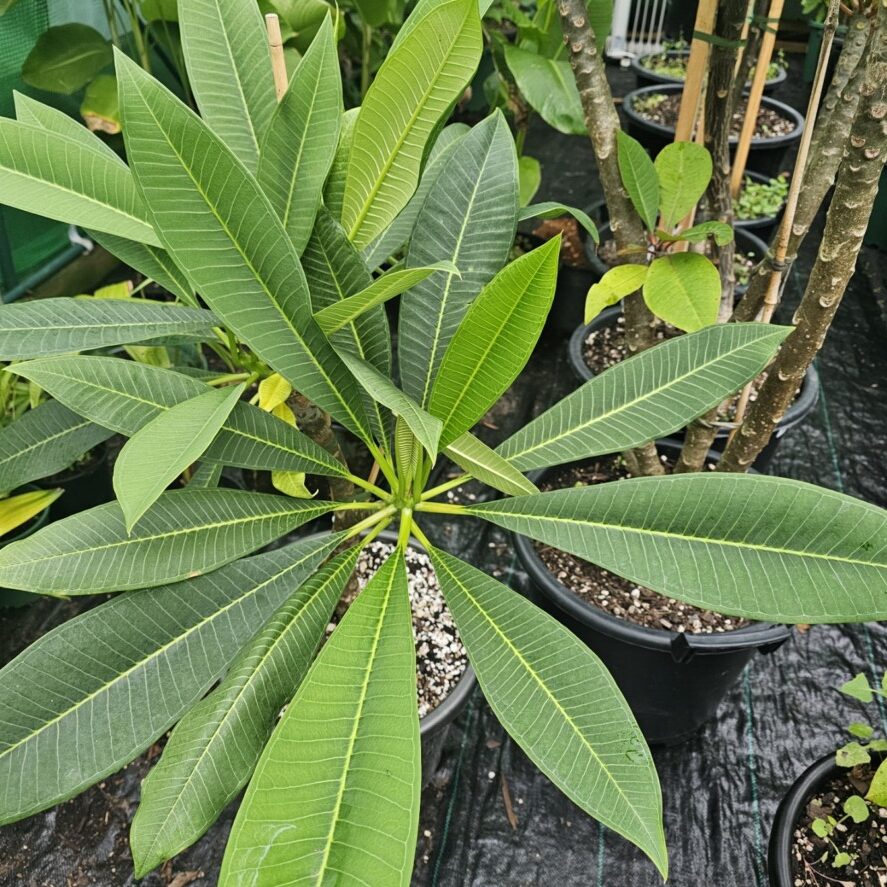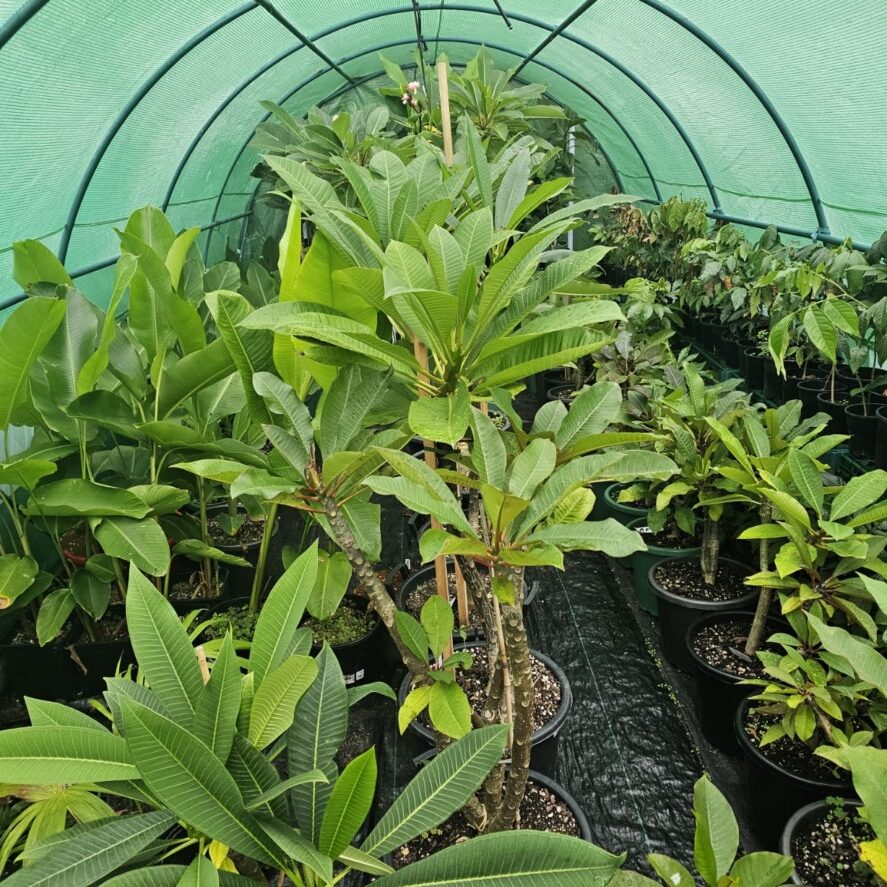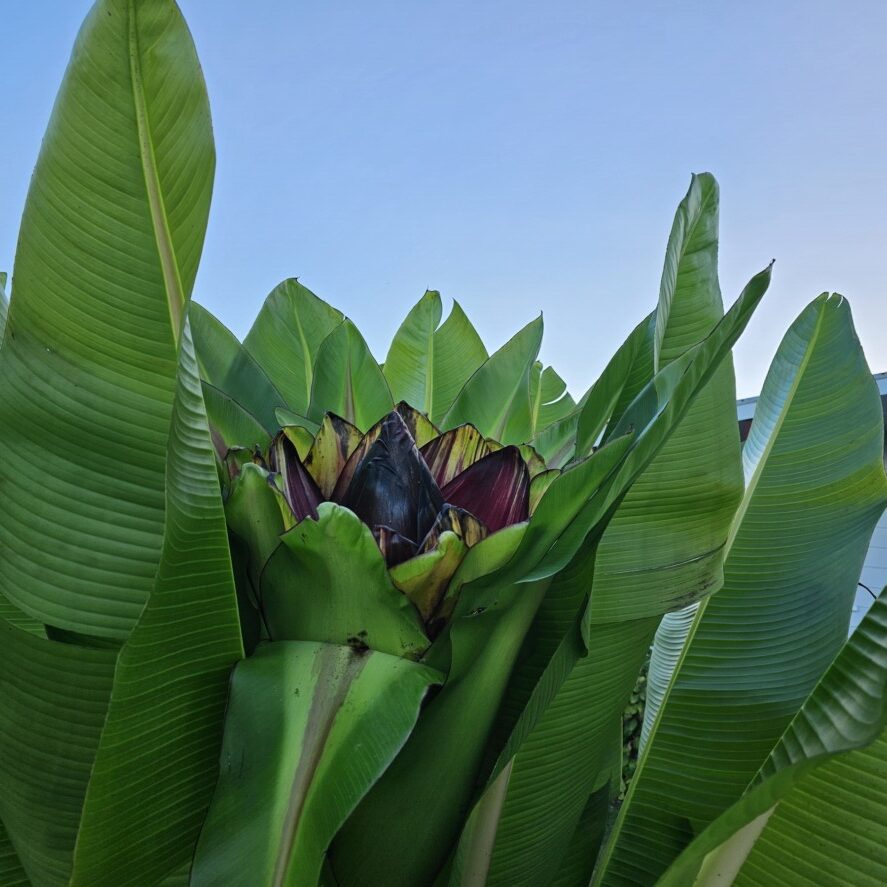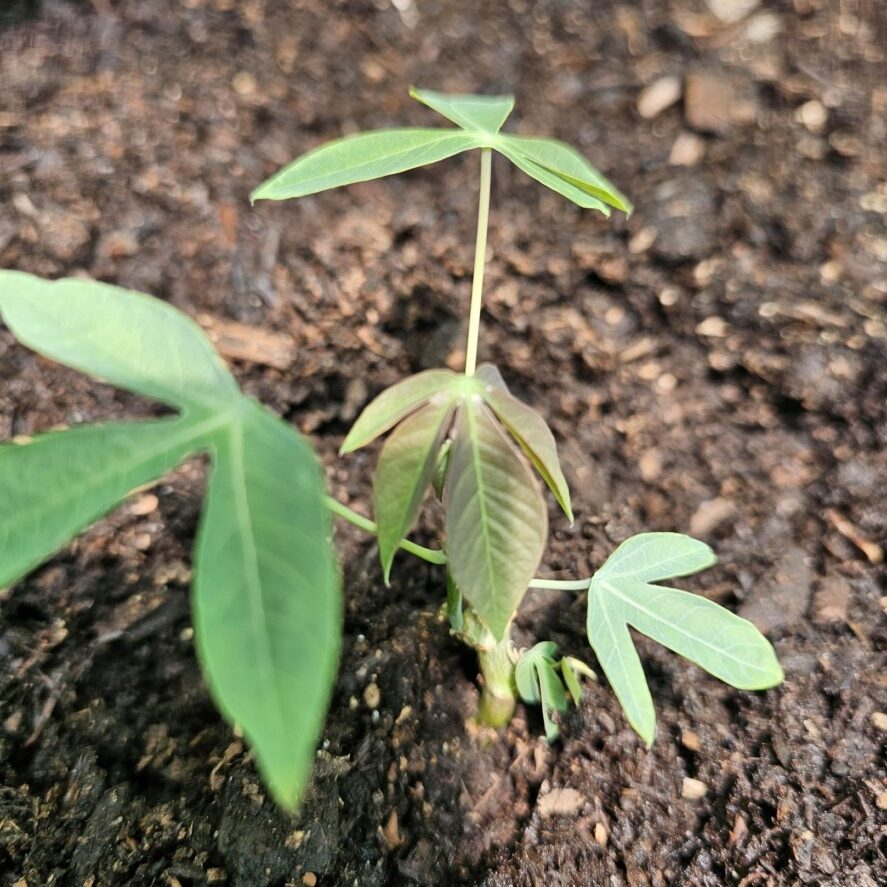-
Initiatives and Collaboration
- Events and Community Engagement
- Crop Swap Te Puke
- Food Resilience School NZ
- Food Forests of New Zealand (www.foodforests.nz)
- Nursery Map - Plant Suppliers of NZ Directory (www.nurserymap.nz)
- Te Puke Community Garden
- Te Puke Digital
- Te Puke Region Food Co-op
- TROPPO’s Food Forest in Te Puke, BOP (wwwfoodforest.org.nz)
- TROPPO's Nursery Directory
- Troppo’s Plant Collection
- Vector Group Charitable Trust (Umbrella)
How to Build a Vertical Food Forest for Limited Space in Te Puke
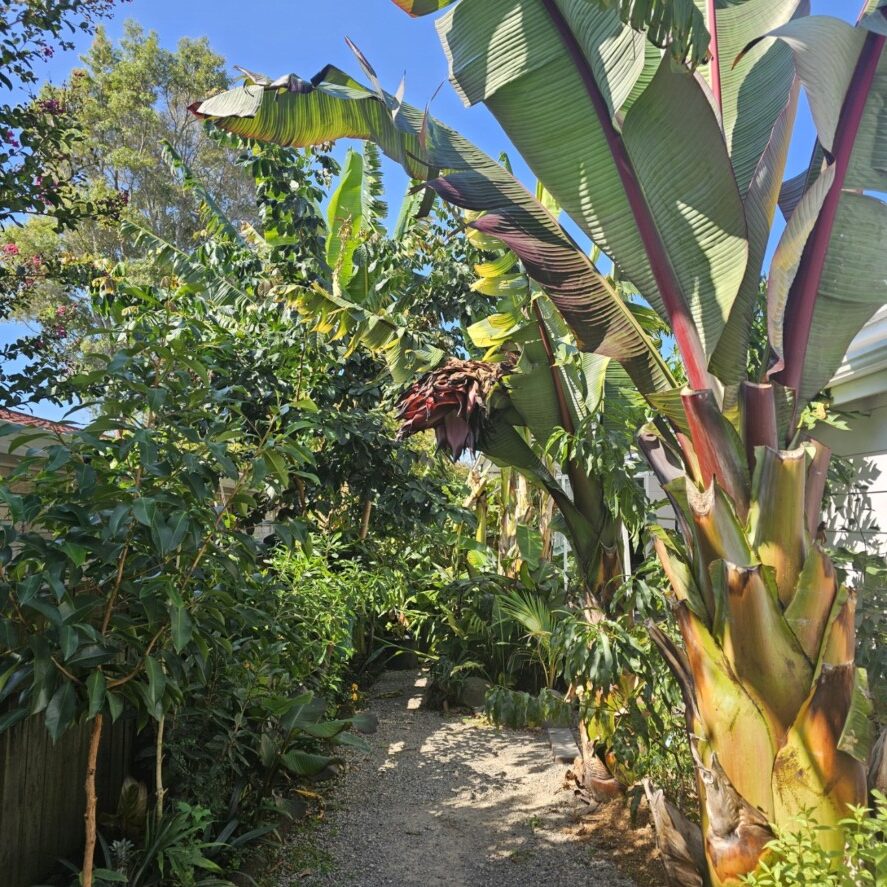
Living in beautiful Te Puke often means enjoying the outdoors, but what if you have limited garden space and still dream of fresh, homegrown produce? The answer might just be a vertical food forest! This innovative gardening technique allows you to grow a surprising amount of food in a small footprint, maximizing every inch of your available space.
This guide will walk you through the steps to create your own thriving vertical food forest, tailored for the unique climate of the Bay of Plenty. Don’t worry if you’re new to gardening – we’ll keep it simple and easy to understand.
What is a Vertical Food Forest?
Think of a traditional forest, but built upwards instead of outwards. A vertical food forest layers different types of plants – from tall climbers to ground-hugging herbs – in a way that mimics natural ecosystems. This creates a productive and space-efficient garden that can fit on balconies, patios, or even small backyards.
Why Build a Vertical Food Forest in Te Puke?
- Maximize Space: Perfect for smaller sections or those with limited ground space.
- Increased Yield: By growing upwards, you can fit more plants in the same area.
- Improved Air Circulation: Reduces the risk of fungal diseases, which can be a concern in our humid climate.
- Easier Harvesting: Less bending and reaching makes gardening more accessible.
- Pest Management: Vertical structures can sometimes deter ground-dwelling pests.
- Microclimate Creation: Different layers can create beneficial shade and humidity for various plants.
- Aesthetic Appeal: A well-designed vertical food forest can be a beautiful and productive feature in your garden.
Getting Started: Planning Your Vertical Oasis
Before you start building, some planning is essential. Consider these factors specific to Te Puke:
- Sunlight: Observe how sunlight falls on your chosen spot throughout the day. Most fruiting plants need at least 6 hours of direct sun. Consider sun-loving climbers for the top layers and shade-tolerant herbs below.
- Wind: Te Puke can sometimes experience strong winds. Choose a sheltered location or plan to provide support for taller structures and more delicate plants.
- Rainfall: While we get plenty of rain, good drainage is crucial to prevent root rot. Ensure your vertical structure allows for proper water runoff.
- Space: Assess the dimensions of your available space – height, width, and depth. This will determine the type and size of your vertical structure.
- Plant Selection (Te Puke Favourites!): Think about what you love to eat and what thrives in our warm, subtropical climate. Consider these layers:
- Top Layer (Vines & Climbers): Passionfruit, grapes, climbing beans, peas, even small climbing varieties of squash or cucumbers.
- Middle Layer (Small Trees & Shrubs): Dwarf citrus (like Meyer lemons or limes), feijoa (smaller varieties), blueberries, raspberries.
- Lower Layer (Herbs & Vegetables): Strawberries, leafy greens (lettuce, spinach), herbs (basil, parsley, mint), smaller vegetables like bush beans or chillies.
- Ground Layer (Groundcovers & Edible Flowers): Thyme, oregano, nasturtiums (edible flowers and pest deterrents), chamomile.
- Support Structure: Decide what kind of vertical system you’ll use. Options include:
- Trellises: Simple and versatile for climbing plants.
- Stacked Pots: Great for herbs, strawberries, and smaller vegetables.
- Pallet Gardens: Upcycled and easy to customize with pockets for planting.
- Vertical Towers: Purpose-built structures with multiple planting levels.
- Living Walls: More complex systems that integrate plants directly into a vertical structure.
Building Your Vertical Food Forest: Step-by-Step
- Choose and Prepare Your Location: Select your sunny, sheltered spot and clear any debris. Ensure the ground is level if you’re placing a freestanding structure.
- Build or Install Your Vertical Structure: Follow the instructions for your chosen system. Ensure it’s sturdy and can support the weight of the plants and soil. For trellises, secure them firmly to a wall or posts. For stacked pots or towers, ensure they are stable.
- Prepare Your Soil: Use a high-quality potting mix that drains well. You can also amend it with compost for added nutrients. Consider adding slow-release fertilizer.
- Plant Strategically: Start planting from the bottom up. Consider the mature size of each plant and give them enough space to grow. Plant taller, climbing varieties at the back or top of your structure.
- Watering: Vertical gardens can dry out faster than traditional gardens. Water regularly, especially during hot Te Puke summers. Consider a drip irrigation system for efficient watering.
- Mulching: Apply a layer of mulch (like wood chips or straw) to help retain moisture and suppress weeds.
- Support and Training: As your plants grow, provide support for climbing varieties with ties or netting. Train them to grow upwards along your structure.
- Pest and Disease Management: Regularly inspect your plants for pests and diseases. Encourage beneficial insects. Organic pest control methods are recommended.
- Harvest and Enjoy! As your plants mature, harvest your fresh, homegrown produce. Regularly harvesting encourages more growth.
Tips for Success in Te Puke:
- Embrace Companion Planting: Plant beneficial herbs and flowers alongside your vegetables to deter pests and attract pollinators. Marigolds, basil, and nasturtiums are great choices.
- Consider Microclimates: The top of your vertical garden will be sunnier and drier than the bottom. Choose plants accordingly.
- Regular Feeding: Vertical gardens rely on you for nutrients. Feed your plants regularly with a balanced organic fertilizer.
- Pruning: Prune your plants to encourage bushier growth and better airflow.
- Water Wisely: Water deeply but less frequently to encourage strong root growth. Avoid overhead watering to minimize fungal issues.
Building a vertical food forest is a rewarding way to connect with nature and enjoy fresh, homegrown food, even with limited space in Te Puke. With careful planning and a little effort, you can create a thriving vertical oasis that will provide you with delicious harvests for years to come. So, get creative, get your hands dirty, and start building your own little piece of edible paradise!
#VerticalFoodForest #UrbanGardening #SmallSpaceGardening #GrowYourOwnFood #TePukeGardening #BayOfPlentyGardening #NZGardening #Homegrown #EdibleGarden #VerticalGarden #SustainableLiving #UrbanFarming #LimitedSpaceGardening #TroppoNZ



